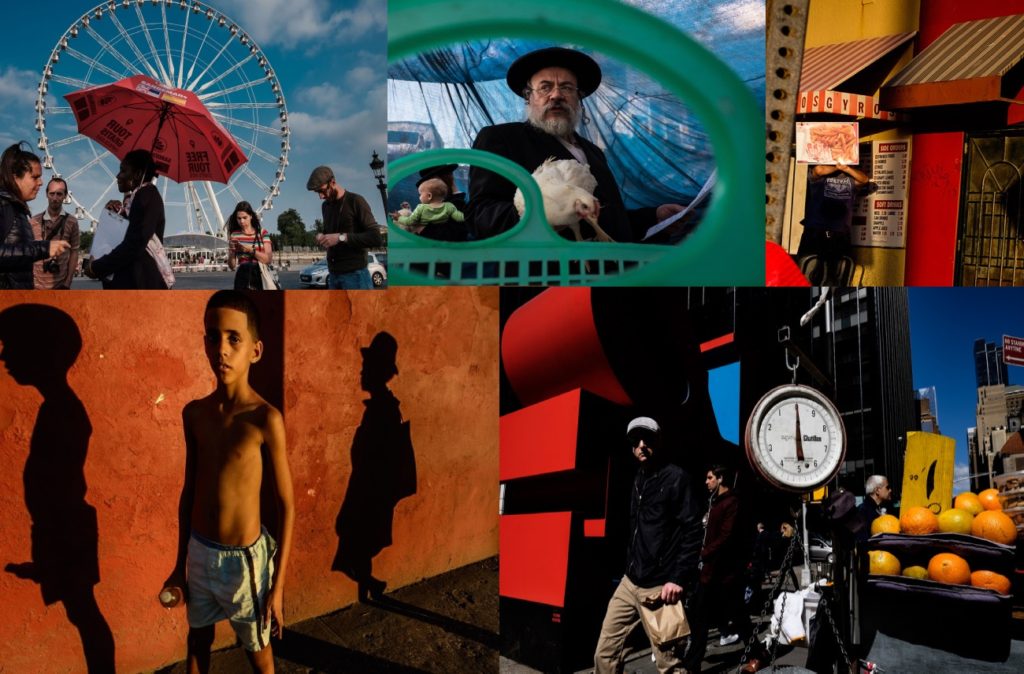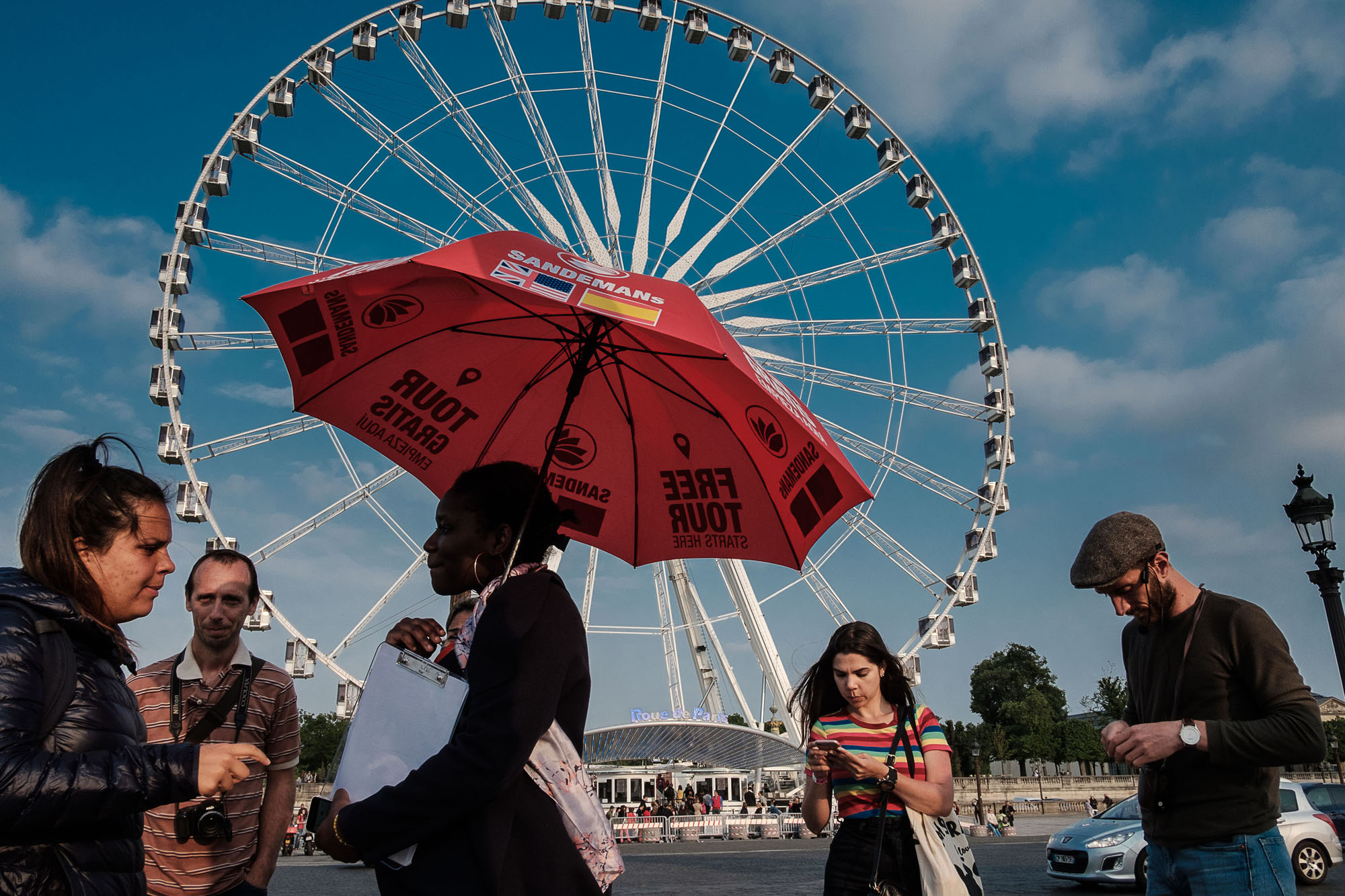Gabi Ben Avraham

Gabi Ben Avraham is an Israeli street photographer. He says that street photography is his favourite way of looking at the world. He also said “My camera has become an integral part of me. Via the camera lens I am constantly looking around me, searching for that ‘decisive’ moment that will never return, unless I catch it. When pushing the button, I try to make some sense, restore order to the chaotic scheme of things in the composition, tell the story behind the scene and frame a surrealistic moment. Capturing the elusive, special moment after which things will never be the same and making it eternal – that is my goal. I try to create a private andintimate hallucination in order to share it with the viewer. I shoot independently for a few years and teach in Street Photography workshops.” I like his work as it captures community as well as colour which is something that I want to try and do with my work. for this project I am going to take inspiration from him and capture images that are colourful as well as linked to identity and community. I am going to do this by taking images of people in and around town who look colourful as well as taking images of things such as resteraunts that have a cultural link.

I particularly like this image as the umbrella and the Ferris wheel are both main focal points as he has captured it at a perfect time and angle where the umbrella fits within the space of the Ferris wheel. I like the colours in this image with the red in the umbrella against the blue of the sky. I think this photo is aesthetically pleasing as although its not perfect and there are many people in the frame it works well.















